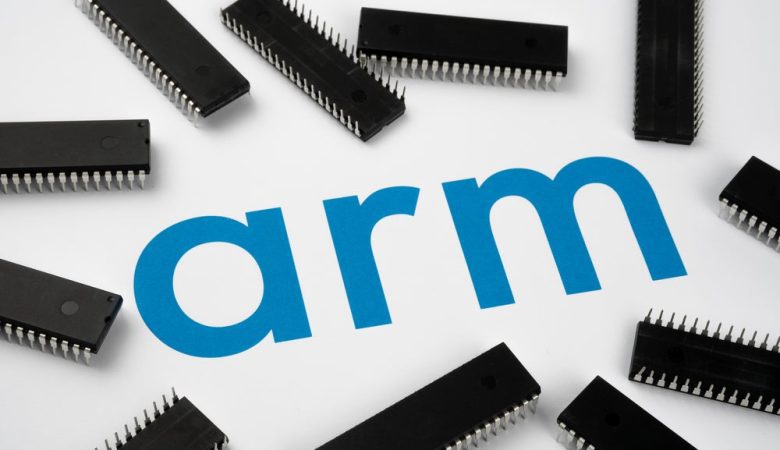Red Hat announced today that it will jointly launch a new 5G network solution with Samsung Electronics, based on the enterprise-level Kubernetes platform Red Hat OpenShift, to assist telecom service providers to implement 5G in diverse cases, such as 5G core networks, edge computing, etc .

Wonil Roh, Senior Vice President and Head of Product Strategy of the Network Business Unit of Samsung Electronics, said: “The global 5G market demand is soaring, especially in the cloud-native aspect. Therefore, we are very happy to work with Red Hat to help telecom service providers maintain market competitiveness. Through this cooperation, Samsung’s 5G solution will integrate Red Hat’s cloud native solution to provide customers with an efficient and reliable network experience.”
Chris Wright, Senior Vice President and Chief Technology Officer of Red Hat, pointed out: “We look forward to whether it is supporting enterprise edge computing solutions or ensuring that enterprises successfully deploy artificial intelligence and machine learning applications, they can be built on a proven cloud-native infrastructure. Red Hat is looking forward to cooperating with Samsung to bring Kubernetes-driven solutions to the market, enabling telecom service providers and customers in various industries to focus on providing complex and competitive 5G application cases.”
The use of a unified horizontal cloud native platform allows telecom service providers to use the same infrastructure to be applied to multiple application fields, reducing management and operating costs. According to ACG Research sponsored by Red Hat report , an open horizontal platform can reduce the total cost of ownership (TCO) by up to 30% compared to a vertically integrated deployment and virtual wireless access network (vRAN) that may bring about a barn effect. Obviously, adopting this horizontal solution can bring more diverse and high-quality services to users.
This cooperation will use Red Hat’s hybrid cloud series solutions, including Red Hat OpenShift, Red Hat OpenStack platform, Red Hat Enterprise Linux (RHEL), Red Hat Ansible automation platform and Red Hat OpenShift Container Storage; it will also cover Samsung’s 5G Related technologies such as vRAN, virtual core network (vCore), multi-access edge computing (MEC), and management and data analysis enable telecom service providers to extend 5G application cases such as edge computing.
Through the solutions launched this time, telecom service providers can also benefit from the edge computing economy and the benefits of vRAN. The aforementioned ACG report also pointed out that if the same horizontal infrastructure is used in the 5G core network and edge computing, the TCO benefit can be extended from the core to the entire infrastructure. In addition, deploying a horizontal cloud on a vRAN site allows operators to provide location awareness, low latency, and scalability with decentralized clouds, and provide emerging applications and services.
In addition, Samsung has obtained the VNF certification verified by the Red Hat supplier and is expected to obtain a complete CNF certification. CNF certification is the highest certification standard for mission critical network functions of Red Hat OpenShift. It proves that CNF vendors with critical workload capabilities can effectively prepare for the cloud-native future and run their applications on Red Hat. OpenShift; customers can also use certified solutions to more quickly realize the full potential of 5G and edge computing.











